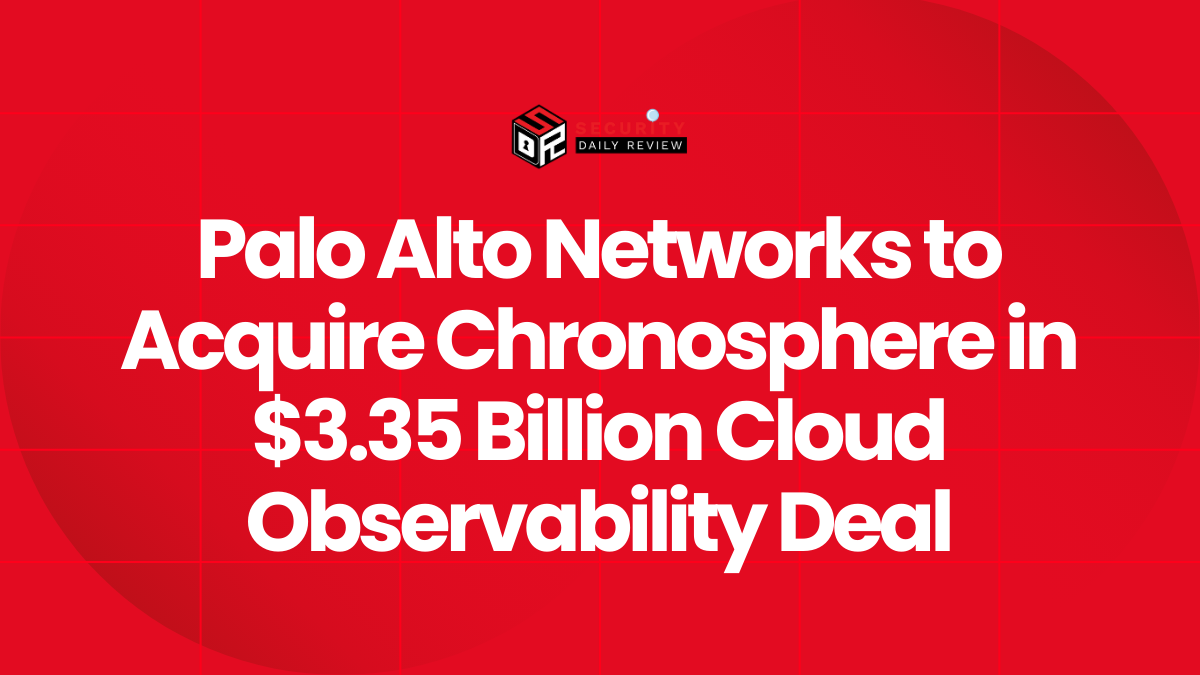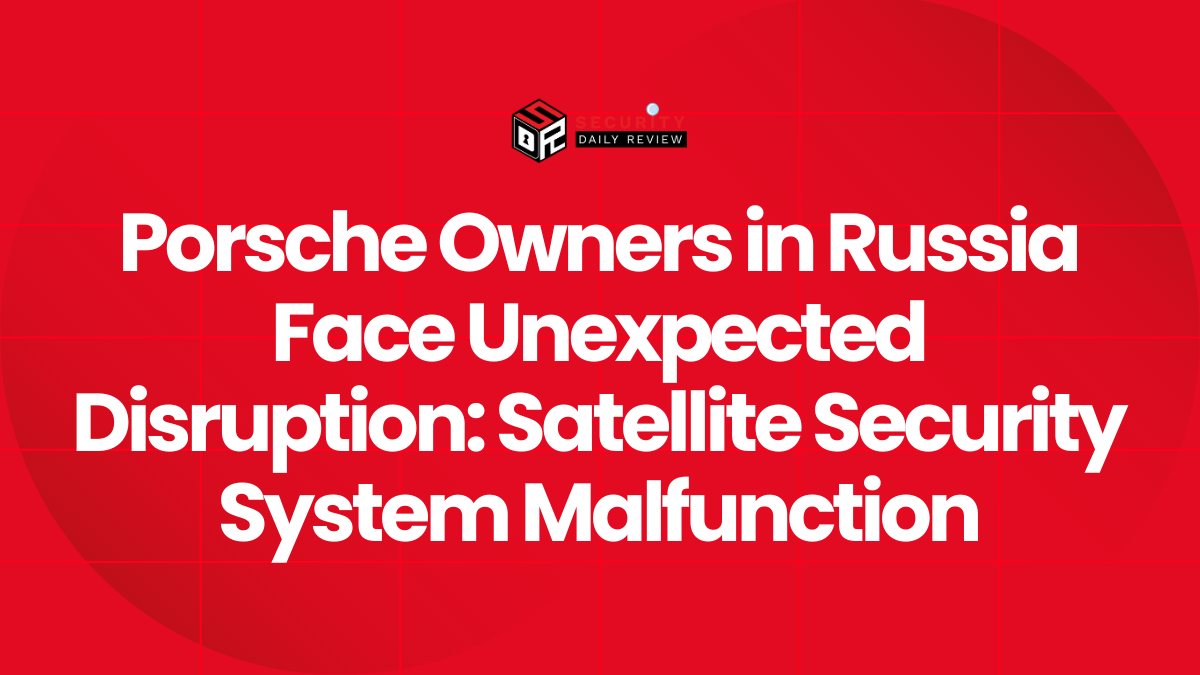Palo Alto Networks’ latest billion-dollar acquisition deepens its push into cloud security and observability. The cybersecurity giant announced plans to acquire Chronosphere—a leader in cloud-native observability platforms—for $3.35 billion, further reinforcing its expansion into artificial intelligence operations (AIOps) and developer-focused monitoring tools.
Chronosphere Acquisition Marks Continued Cloud Security Expansion
The acquisition of Chronosphere aligns with Palo Alto Networks’ strategy to strengthen its Prisma Cloud offering and capitalize on the demand for full-stack observability and AI-driven incident detection.
This deal, among the company’s largest since its $25 billion acquisition of Identity and Access Management firm CyberArk, signals Palo Alto Networks’ ambition to build a comprehensive cloud-native application protection platform (CNAPP). Chronosphere’s integration is expected to accelerate detection, reduce time-to-resolve for incidents, and enhance real-time operations across complex cloud environments.
Chronosphere brings robust telemetry collection and high-performance alerting and analysis capabilities, enabling organizations to act quickly on system anomalies and performance metrics. These features are increasingly critical in today’s containerized and microservices-driven architectures.
Palo Alto Networks Is Delivering on Its CNAPP Vision
By absorbing Chronosphere, Palo Alto Networks aims to offer a tightly integrated CNAPP solution that spans observability, security, and automated operations.
Chronosphere’s platform excels in real-time visibility across distributed systems and in reducing data noise through intelligent context filtering. By embedding these observability features deeply into Prisma Cloud, Palo Alto intends to support DevSecOps, SREs (site reliability engineers), and application teams more effectively throughout the software development lifecycle.
Key anticipated benefits of the integration include:
- Faster root cause analysis using correlated telemetry and security signals
- Unified monitoring across cloud-native stacks and runtime environments
- Enhanced AI and ML capabilities for proactive issue resolution
As organizations face increasing complexity in multi-cloud and hybrid infrastructures, the ability to reduce alert fatigue and rapidly pinpoint operational issues becomes essential.
Larger Strategic Context: Aligning with Market Trajectory
This acquisition also mirrors a broader industry trend toward consolidating observability and security platforms to meet the needs of modern DevOps and AIOps teams.
Observers note Palo Alto’s recent surge in acquisition activity, with this $3.35 billion deal among the most significant strategic investments in observability tools. It reflects growing recognition that application performance management (APM), security, and infrastructure monitoring are inseparable components of enterprise digital resilience.
Chronosphere, founded by ex-Uber engineers, had previously raised over $348 million in funding. Its current customers include notable Fortune 500 companies leveraging its platform to maintain scalability and reliability under cloud-native workloads.
In this context, the move to bring Chronosphere in-house further distinguishes Palo Alto Networks from competitors focused solely on perimeter security or infrastructure control planes.
Looking Ahead: Integration Will Be Key to Delivering Value
The success of this acquisition will hinge on how effectively Chronosphere’s observability stack is integrated into Palo Alto’s Prisma Cloud and broader AI-enhanced offerings.
As Palo Alto Networks continues to position itself as a holistic cloud security and operations partner, seamless interoperability across its diverse acquisitions—including the likes of CyberArk and now Chronosphere—will be crucial. Enterprises are increasingly demanding toolchains that eliminate silos, streamline workflow integration, and enhance visibility from code to cloud.
While financial details such as payment terms and completion timelines remain undisclosed, Palo Alto Networks stated that this acquisition reinforces its mission to drive secure, efficient innovation in the cloud era.
If successful, this move could set a new benchmark for convergence between observability and cloud security platforms, reshaping how enterprises monitor, secure, and optimize their cloud-native environments.









